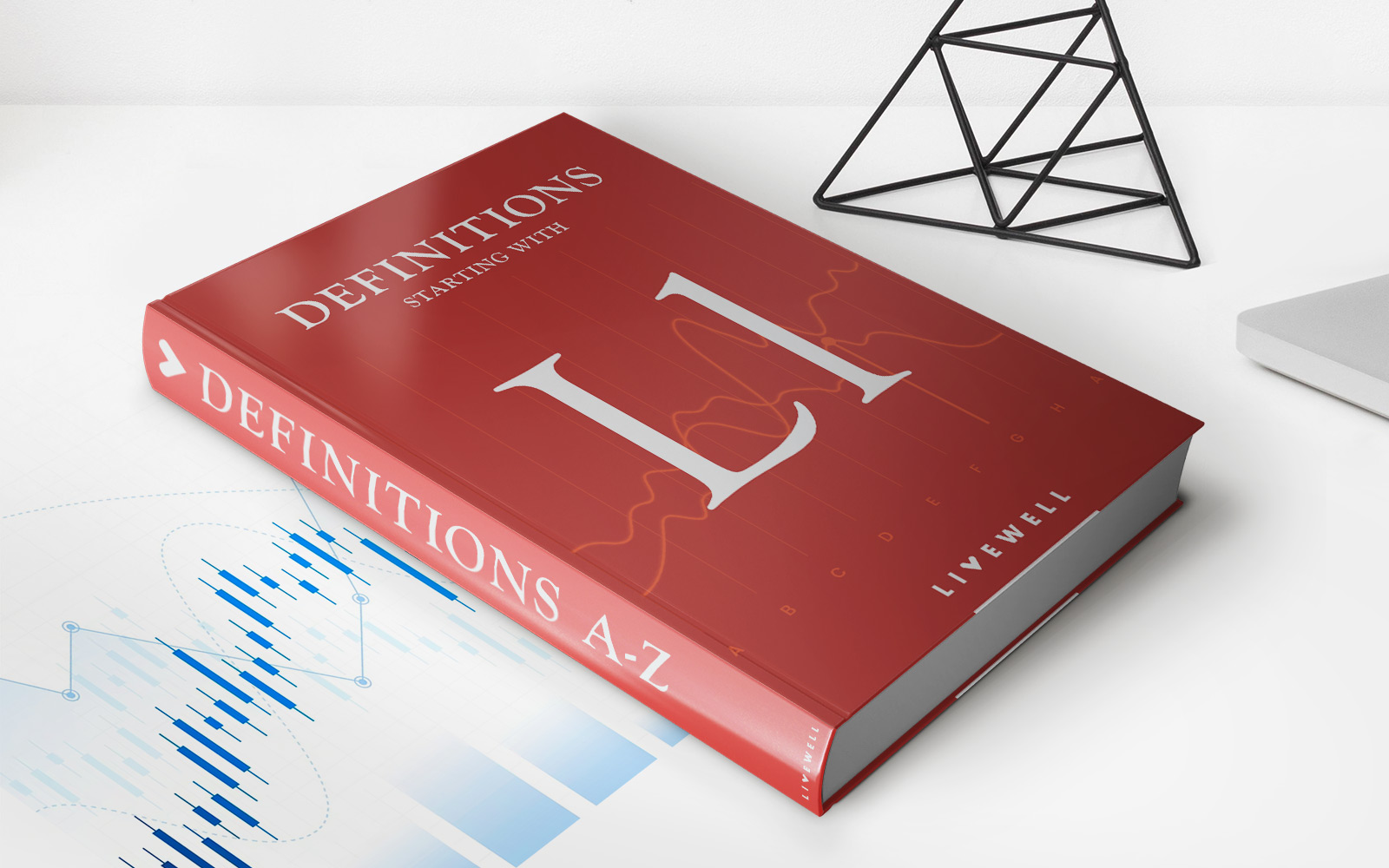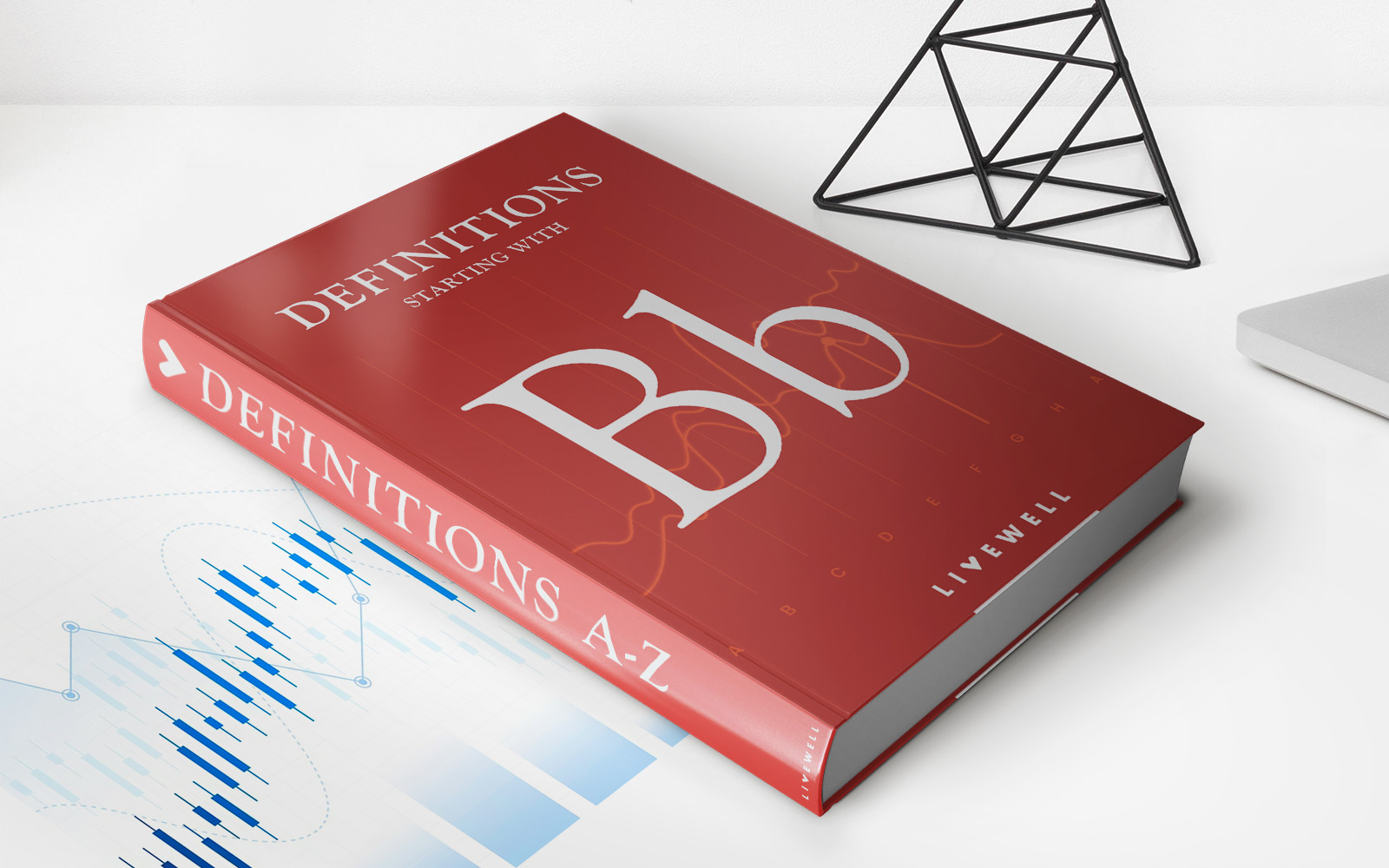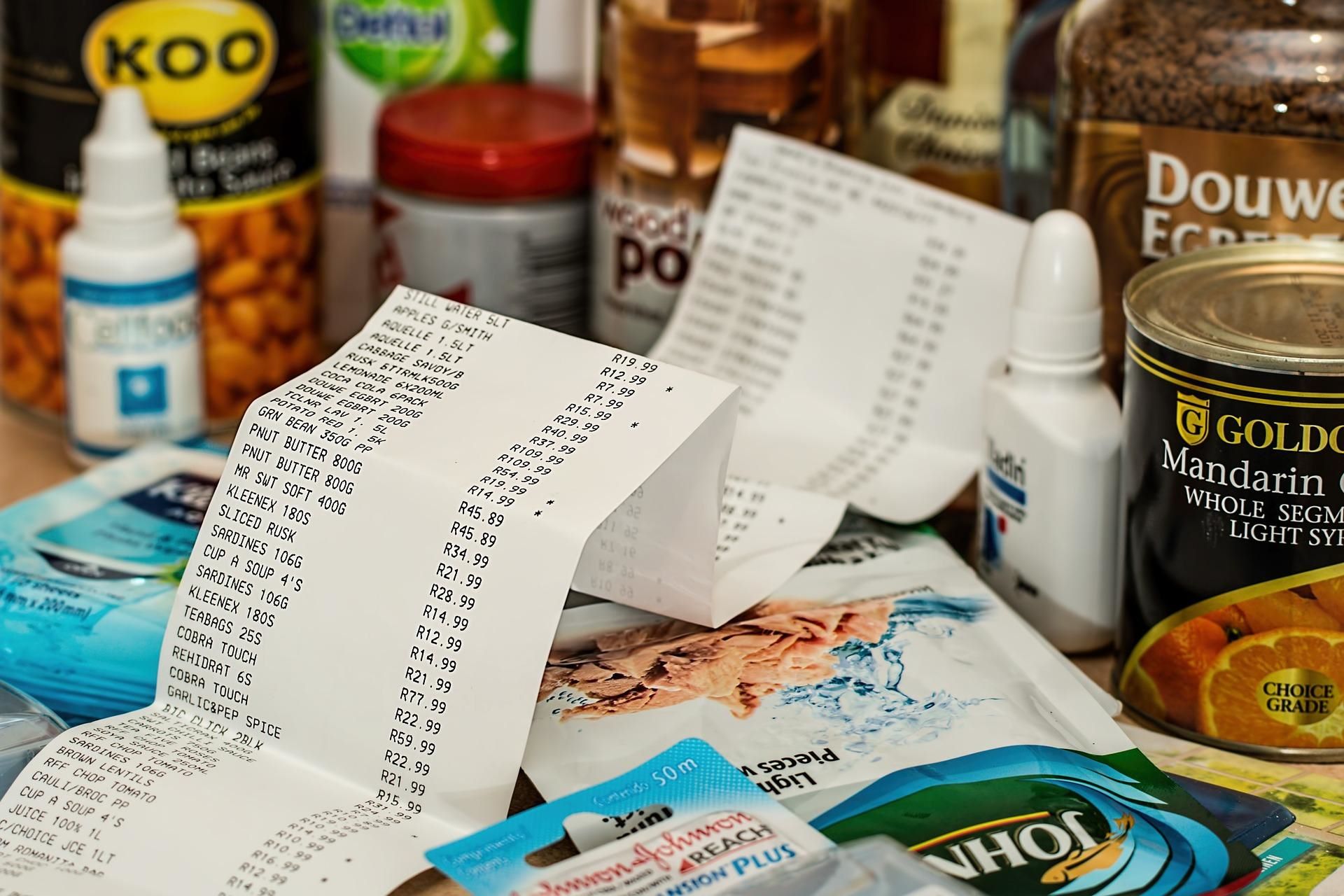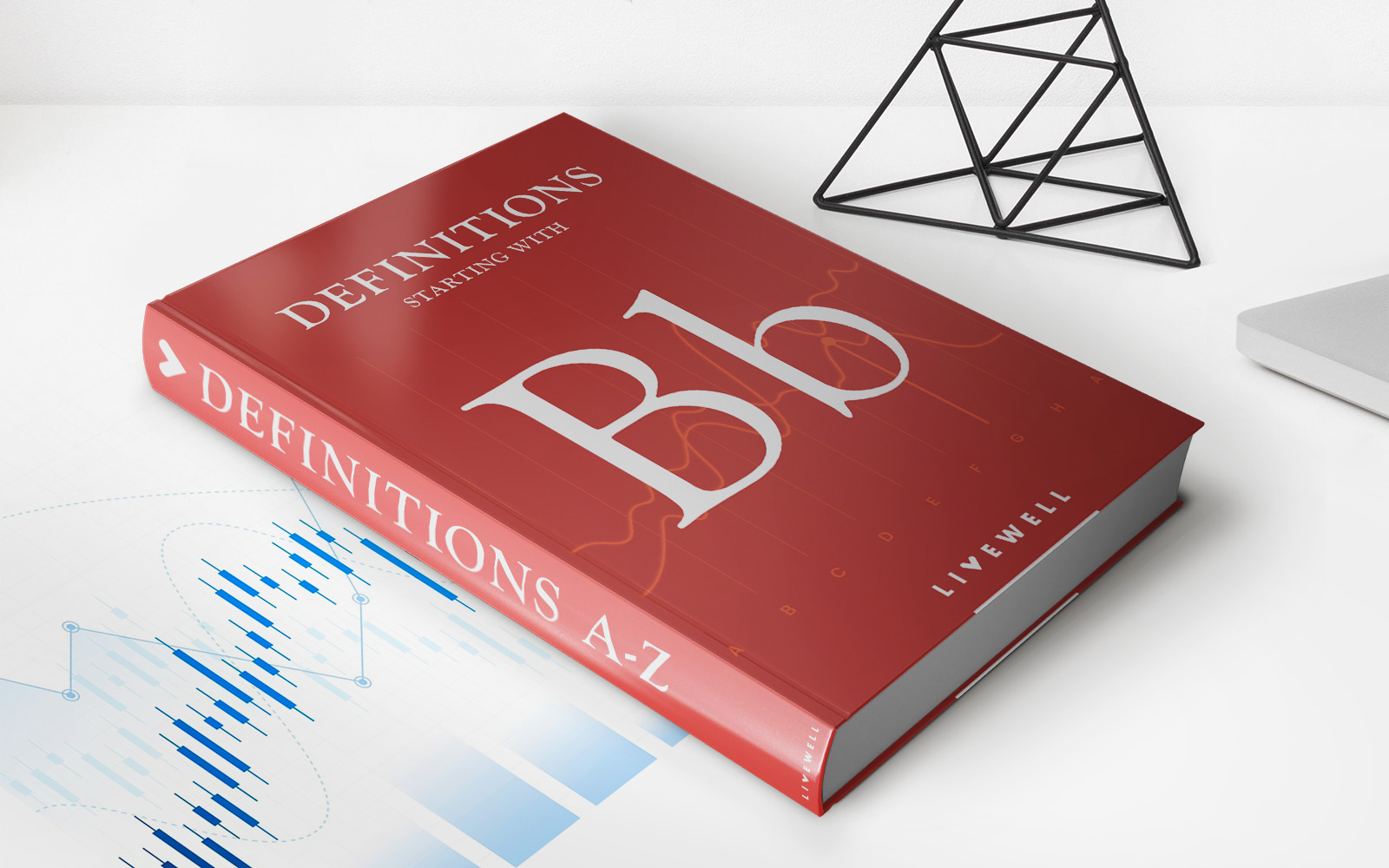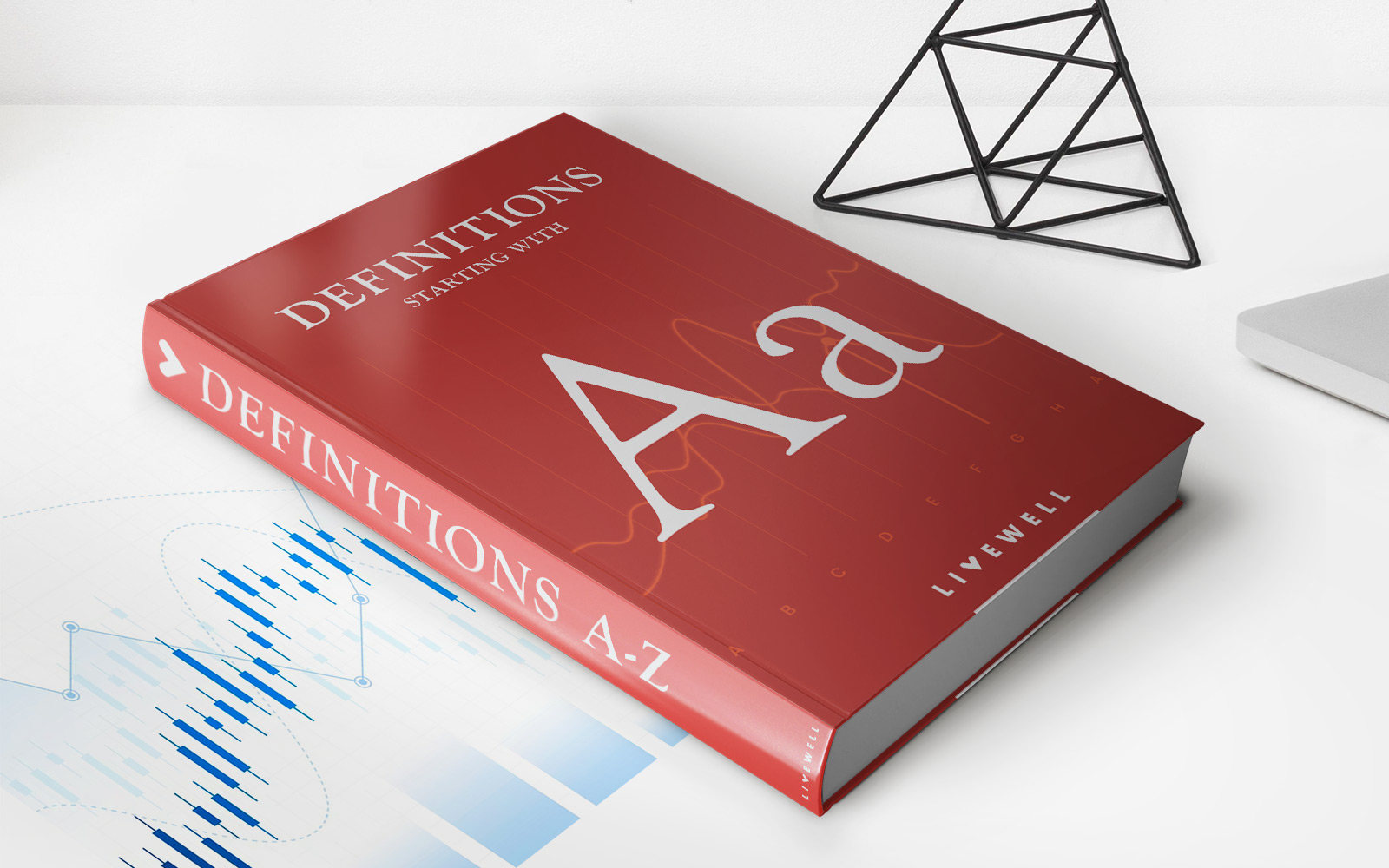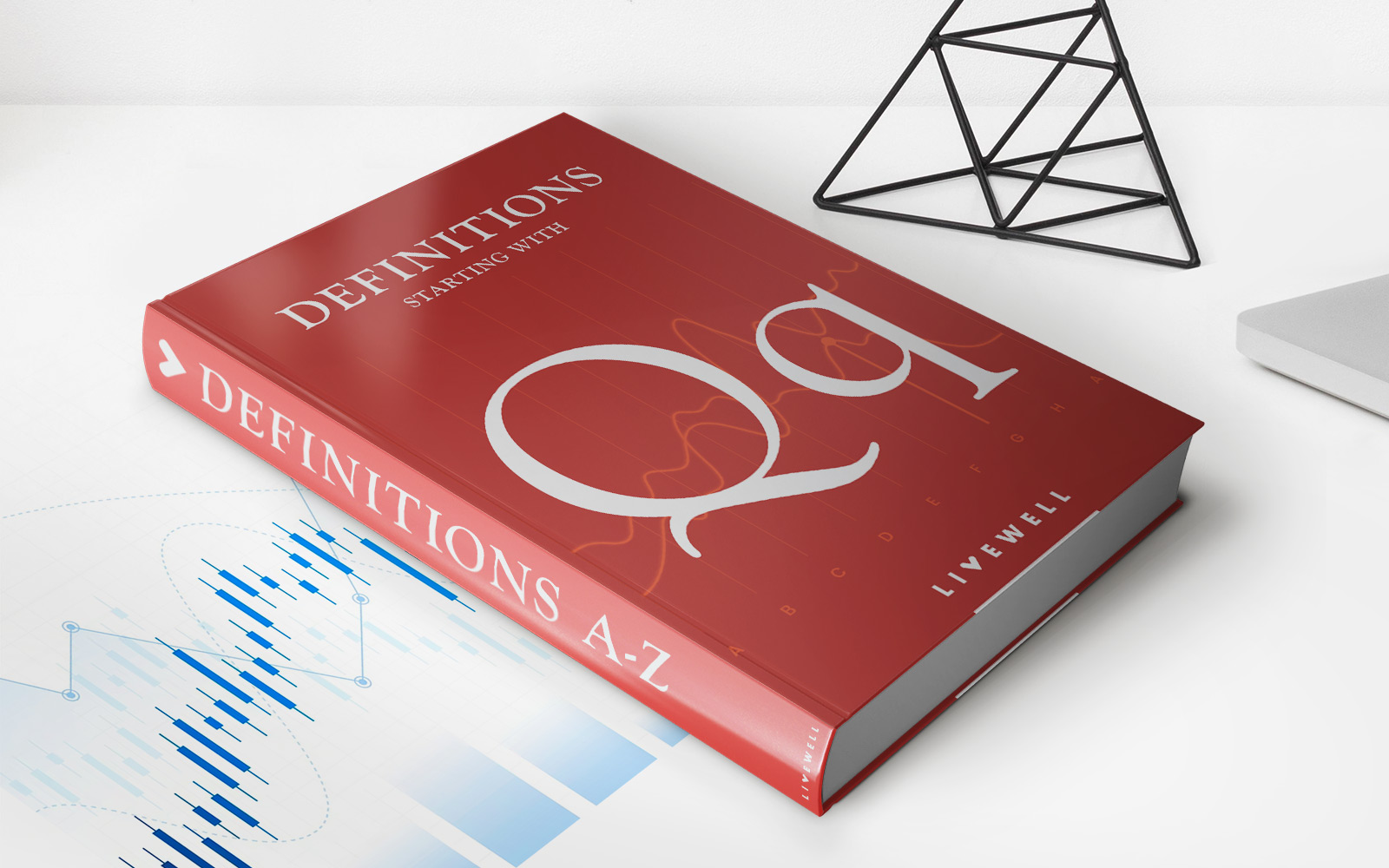

Finance
What Is Bad Debt Expense In Accounting
Modified: March 1, 2024
Learn about bad debt expense in accounting, its impact on finance, and how it affects the financial health of a business.
(Many of the links in this article redirect to a specific reviewed product. Your purchase of these products through affiliate links helps to generate commission for LiveWell, at no extra cost. Learn more)
Table of Contents
Introduction
Managing finances is a critical aspect of running a successful business. One financial challenge that many businesses face is dealing with bad debt. Bad debt refers to money owed by customers or clients that is unlikely to be paid back. When this occurs, it can have a significant impact on a company’s financial health. In order to properly account for this potential loss, businesses need to understand the concept of bad debt expense.
Bad debt expense is an accounting term that refers to the amount of money a company estimates it will not be able to collect from customers who have outstanding debts. It is an expense that arises from the risk of doing business on credit. In simple terms, bad debt expense is the cost of providing goods or services on credit to customers who ultimately fail to pay their debts.
Understanding bad debt expense is crucial for businesses in order to accurately assess their financial position and make informed decisions. It allows businesses to anticipate and account for potential losses, which helps in managing cash flow, budgeting, and determining the overall profitability of the company.
In this article, we will delve deeper into the concept of bad debt expense, exploring its definition, causes, recording methods, estimation techniques, and its impact on financial statements. We will also provide practical examples and offer insights into managing bad debt expense effectively.
By gaining a comprehensive understanding of bad debt expense, businesses can develop strategies to minimize its impact and improve their financial stability. So, let’s dive in and explore the world of bad debt expense in accounting.
Definition of Bad Debt Expense
Bad debt expense is an accounting term that refers to the amount of money that a company expects to be unable to collect from its customers or clients. It is an expense that arises when a customer fails to make payment for goods or services provided on credit. When a company extends credit to customers, there is always a risk that some customers will not fulfill their payment obligations.
Bad debt expense is recognized on a company’s income statement as an expense item. It is deducted from the company’s revenue to reflect the portion of the revenue that is unlikely to be collected. By recording the bad debt expense, companies can accurately assess their profitability and financial position by accounting for potential losses.
It is important to note that bad debt expense is different from doubtful accounts or allowance for doubtful accounts. Doubtful accounts refer to accounts receivable that a company believes may result in bad debts in the future. In contrast, bad debt expense is the actual expense incurred when a specific customer’s debt becomes uncollectible.
Companies need to use appropriate accounting methods to estimate and record bad debt expense. This allows them to reasonably match the expense with the revenue generated from the credit sales. By recognizing bad debt expense, businesses can present a more accurate representation of their financial health and make informed decisions regarding credit policies and debt collection.
Overall, bad debt expense is a crucial concept in accounting as it helps businesses account for potential losses and manage their finances effectively. By recognizing and accounting for the possibility of bad debts, businesses can maintain more accurate financial records and make informed decisions that contribute to their long-term success.
Causes of Bad Debt Expense
Bad debt expense can arise from various factors and situations. Understanding the causes of bad debt expense is crucial for businesses to implement measures to mitigate the risks associated with it. Here are some common causes of bad debt expense:
- Customer Insolvency: One of the most common causes of bad debt expense is when customers become insolvent or bankrupt. In such cases, they are unable to fulfill their payment obligations, resulting in a loss for the company.
- Late or Delayed Payments: Late payments or delayed payments by customers can also lead to bad debt expense. If a customer consistently fails to make payments on time, there is an increased risk that the debt will become uncollectible.
- Unforeseen Circumstances: Unpredictable events such as accidents, natural disasters, or changes in economic conditions can impact a customer’s ability to pay their debts. These unforeseen circumstances can contribute to an increase in bad debt expense.
- Poor Credit Management: Inadequate credit assessment and monitoring processes can lead to bad debt expense. Not conducting thorough credit checks or failing to set appropriate credit limits increases the risk of extending credit to customers who are unable to pay.
- Disputes or Dissatisfaction: Disputes or dissatisfaction with the quality of goods or services provided can sometimes result in customers refusing to pay their debts. These situations can lead to an increase in bad debt expense.
- Change in Customer’s Financial Situation: If a customer experiences a significant change in their financial situation, such as a loss of job or business failure, they may become unable to pay their debts, resulting in bad debt expense for the company.
It is important for businesses to identify the causes of bad debt expense specific to their industry and customer base. By understanding the factors that contribute to bad debts, companies can implement proactive measures to minimize the occurrence and impact of bad debt expense.
Recording Bad Debt Expense in Accounting
Properly recording bad debt expense is crucial for accurate financial reporting. It involves taking the necessary steps to account for the potential loss from uncollectible debts. Here are the key components involved in recording bad debt expense in accounting:
- Identify the Accounts: The first step in recording bad debt expense is identifying the specific customer accounts that are deemed uncollectible. This can be done through a thorough analysis of the accounts receivable aging report, which shows the age of outstanding customer debts.
- Estimate the Bad Debt: Once the accounts receivable that are likely to become bad debts are identified, the company needs to estimate the amount of the debt that is unlikely to be collected. This can be done using various methods, such as a percentage of sales, historical data, or industry benchmarks.
- Create an Allowance for Doubtful Accounts: To account for the estimated bad debt, an allowance for doubtful accounts is created. This is a contra-asset account that reduces the overall accounts receivable. The allowance represents the portion of accounts receivable that is expected to be uncollectible.
- Record the Bad Debt Expense: The bad debt expense is then recorded in the income statement as an operating expense. It is usually reported under the heading of “Selling, General, and Administrative Expenses” or “Other Operating Expenses”. The amount recorded is based on the estimated portion of accounts receivable that is not expected to be collected.
- Adjust the Allowance for Doubtful Accounts: As the actual bad debts become uncollectible, the allowance for doubtful accounts is adjusted accordingly. The specific customer accounts that are deemed uncollectible are written off, reducing both the accounts receivable and the allowance for doubtful accounts.
- Disclosure in Financial Statements: The company must disclose the allowance for doubtful accounts and the bad debt expense in its financial statements. This allows stakeholders, such as investors and creditors, to understand the potential impact of bad debts on the company’s financial position.
By following these steps and consistently recording bad debt expense, businesses can accurately reflect the potential losses from uncollectible debts in their financial statements. This ensures transparency and helps in making informed financial decisions.
Methods of Estimating Bad Debt Expense
Estimating bad debt expense is an essential task for businesses to account for potential losses from uncollectible debts. There are several methods that companies can use to estimate bad debt expense:
- Percentage of Sales Method: This method involves estimating bad debt expense as a percentage of total credit sales. The historical bad debt experience is analyzed to determine an appropriate percentage. This method assumes that the percentage of sales that will become bad debts remains relatively consistent over time.
- Aging of Accounts Receivable Method: The aging of accounts receivable method categorizes accounts receivable based on their outstanding period. It assigns different percentages to each aging category to estimate the portion of accounts receivable that is likely uncollectible. This method takes into consideration the length of time the debts have been outstanding and the probability of their collection.
- Industry Average Method: Companies can use industry benchmarks and average historical bad debt rates to estimate bad debt expense. This method considers the average industry experience with bad debts and adjusts it based on the company’s specific circumstances.
- Specific Identification Method: Under this method, each individual customer account is assessed separately for the likelihood of collection. Factors such as payment history, financial position, and any communication regarding payment issues are considered. This method requires a more detailed analysis of each customer and may be more time-consuming.
- Loss Rate Analysis: Loss rate analysis involves analyzing historical data for specific categories of customers or types of products/services. By determining the loss rate for each category, companies can estimate bad debt expense more accurately based on the characteristics of their customer base or the nature of their business.
It is important for businesses to choose the most suitable method or a combination of methods based on factors like the size of the business, the complexity of customer relationships, and the availability of historical data. Regular review and adjustment of the chosen method ensure its ongoing accuracy and relevance.
By using these estimation methods, companies can reasonably anticipate bad debt expense and adequately plan for the potential losses. This helps in managing cash flow, budgeting, and maintaining accurate financial records.
Example of Bad Debt Expense Calculation
Let’s take a hypothetical example to illustrate how bad debt expense can be calculated using the percentage of sales method. Assume that Company XYZ had total credit sales of $500,000 for the year, and their historical bad debt rate is 5% of credit sales.
To estimate the bad debt expense for the year, Company XYZ would multiply the total credit sales by the estimated bad debt rate. In this case, the calculation would be:
Bad Debt Expense = Total Credit Sales x Bad Debt Rate
Bad Debt Expense = $500,000 x 0.05
Bad Debt Expense = $25,000
Based on this calculation, Company XYZ would estimate their bad debt expense for the year to be $25,000.
It is important to note that this is just one method of estimating bad debt expense, and different companies may use different methods based on their unique circumstances. Additionally, companies should regularly review and adjust their bad debt estimation methods to reflect changes in customer behavior, economic conditions, or other relevant factors.
Remember that this example is simplified for illustration purposes. In reality, businesses may have more complex sales and credit structures, multiple product lines, and varying customer categories, all of which can affect the calculation of bad debt expense. Therefore, it is important for businesses to carefully analyze their specific situation and choose the most appropriate method to estimate their bad debt expense.
Impact of Bad Debt Expense on Financial Statements
Bad debt expense has a significant impact on a company’s financial statements. It affects both the income statement and the balance sheet. Here’s how bad debt expense impacts the financial statements:
Income Statement:
Bad debt expense is recorded as an operating expense on the income statement. By recognizing bad debt expense, it reduces the company’s net income. This is because the revenue generated from credit sales is adjusted to reflect the portion that is unlikely to be collected. As a result, bad debt expense lowers the company’s profitability and reduces the amount of income available for distribution or reinvestment.
Balance Sheet:
On the balance sheet, bad debt expense impacts two important accounts:
- Accounts Receivable: Bad debt expense reduces the value of accounts receivable. The allowance for doubtful accounts, which represents the estimated uncollectible portion of accounts receivable, is deducted from the total accounts receivable. This adjustment reflects the potential loss from uncollectible debts.
- Allowance for Doubtful Accounts: The allowance for doubtful accounts is a contra-asset account on the balance sheet. It represents the estimate of bad debts that are not expected to be collected. As bad debt expense is recognized, the allowance for doubtful accounts increases, reflecting the potential loss from uncollectible debts.
By reducing the value of accounts receivable and increasing the allowance for doubtful accounts, bad debt expense provides a more accurate picture of the company’s financial position. It highlights the potential risk associated with extending credit to customers and acknowledges the potential loss from uncollectible debts.
It is important for stakeholders, such as investors, lenders, and analysts, to review the financial statements, including the impact of bad debt expense. This information allows them to assess the company’s credit risk, liquidity, and overall financial health.
Overall, bad debt expense plays a crucial role in reflecting the potential losses from uncollectible debts on a company’s financial statements. It allows for transparency and prudent financial reporting, which is essential for making informed business decisions and maintaining the credibility of the financial statements.
Managing Bad Debt Expense
Managing bad debt expense is a critical aspect of maintaining financial stability and minimizing the impact of uncollectible debts on a business. Here are some strategies and best practices for effectively managing bad debt expense:
- Establish Clear Credit Policies: Develop clear and comprehensive credit policies that outline the terms and conditions for extending credit to customers. This includes conducting thorough credit checks, setting appropriate credit limits, and enforcing timely payment terms.
- Monitor and Assess Customer Creditworthiness: Regularly review customer creditworthiness to ensure that their financial situation has not changed significantly. Stay up-to-date with any relevant updates or changes in their business or financial circumstances.
- Implement Effective Invoicing and Collections: Streamline your invoicing process and promptly send out invoices to customers. Implement strong collections practices, including sending reminders, making follow-up calls, or offering incentives for early payments. Prompt and proactive communication with customers can help prevent bad debts.
- Offer Multiple Payment Options: Provide customers with convenient and flexible payment options, such as online payments, credit card payments, or installment plans. This increases the likelihood of timely and complete payment of debts.
- Provide Clear Terms and Conditions: Clearly communicate the terms and conditions of credit sales to customers. Include details about payment deadlines, late payment penalties, and the consequences of defaulting on payments. This promotes transparency and helps manage customer expectations.
- Establish and Enforce Collection Policies: Develop a collection policy that outlines the steps to be taken in the event of non-payment. This may include utilizing the services of collection agencies or pursuing legal action, if necessary.
- Regularly Review and Update Credit Limits: Continuously assess the credit limits set for customers based on their payment history, financial health, and creditworthiness. Adjust credit limits as needed to mitigate the risk of bad debts.
- Utilize Technology and Data Analytics: Leverage technology and data analytics tools to monitor and analyze customer payment patterns and credit risk. This helps identify potential delinquencies and take proactive measures to mitigate bad debt risks.
- Provide Training and Education: Train employees involved in the credit management and collections process to have a clear understanding of the company’s credit policies, procedures, and legal regulations. Ensure they are equipped with the necessary skills to handle customer inquiries and disputes effectively.
By implementing these strategies, businesses can effectively manage bad debt expense and reduce the occurrence of uncollectible debts. Taking proactive measures and employing robust credit management practices can help maintain a healthy cash flow, protect profitability, and enhance overall financial stability.
Conclusion
Bad debt expense is a significant financial concern for businesses that offer credit to customers. It represents the estimated amount of money that a company expects to be unable to collect from its customers. Understanding and effectively managing bad debt expense is crucial for maintaining financial stability and making informed business decisions.
In this article, we explored the definition of bad debt expense and its impact on financial statements. We discussed the causes of bad debt expense, including customer insolvency, late payments, disputes, and changes in a customer’s financial situation. We also examined the methods used to estimate bad debt expense, such as the percentage of sales method and aging of accounts receivable method.
Managing bad debt expense requires setting clear credit policies, monitoring customer creditworthiness, and implementing effective invoicing and collections practices. Providing multiple payment options, communicating clear terms and conditions, and establishing and enforcing collection policies are essential for minimizing bad debt expense.
By utilizing technology and data analytics, businesses can gain insights into customer payment patterns and credit risk, enabling a proactive approach to addressing potential bad debts. Ongoing training and education for employees involved in credit management and collections enhance their skills and knowledge in handling customer inquiries and disputes.
Ultimately, managing bad debt expense enables businesses to maintain a healthy cash flow, protect profitability, and make sound financial decisions. By implementing comprehensive strategies to mitigate the risks associated with bad debt, businesses can maintain financial stability and increase their chances of long-term success.
It is important for businesses to carefully analyze their specific circumstances, continually review their credit management practices, and adapt their strategies as needed. By doing so, they can effectively manage bad debt expense and navigate the financial challenges associated with offering credit to customers.

